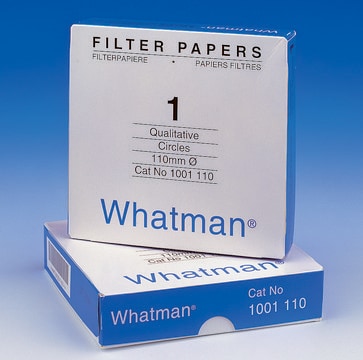CACO-2 Cell Line human
NOTE: Both the cell line and DNA from the cell line may be available for this product. Please choose -1VL or VIAL for cells, or -DNA-5UG for DNA, 86010202, human colon (Caucasian colon adenocarcinoma), Epithelial
Synonym(s):
Caco 2 Cells, Caco-II Cells, Caco2 Cells
About This Item
Recommended Products
biological source
human colon (Caucasian colon adenocarcinoma)
packaging
tube of 5 μg 86010202-DNA-5UG
pkg of vial of cells 86010202-1VL
growth mode
Adherent
karyotype
Hypertetraploid, modal no. 96
morphology
Epithelial
products
Not specified
receptors
Not specified
technique(s)
cell culture | mammalian: suitable
relevant disease(s)
cancer
shipped in
dry ice
storage temp.
−196°C
General description
Cell Line Origin
Cell Line Description
Application
- to study if components of the sigma B regulon in Listeria monocytogenes contribute to cell invasion
- for functional analysis of bacteriocin divercin AS7
- to study the intracellular invasion by Listeria ivanovii
- to study the effect of Maslinic acid, a pentacyclic triterpene, on colon cancer cell lines
- in in vitro digestive enzymes toxicity studies
- for Hazara virus infection and cultivation
- to test the anti-cancer activity of the Curcuma longa and Origanum marjorana
- in biocompatibility studies with the bark extracts of Salix spp.
- to test the effect of N-3-oxo-dodecanoyl-homoserine (3O-C12-HSL) lactone from P.aeruginosa on the mitochondrial functionality
- to test the effect of elastin-like recombinamer (ELR) based nanoparticle
- as an in vitro epithelial cell model for studying the toxicity of zinc oxide nanoparticle
- in the intestinal permeability assays with green rooibos extract
- in toxicity studies with mycotoxin Deoxynivalenol (DON) cadmium (Cd)
DNA Profile
CSF1PO: 11
D13S317: 11,13,14
D16S539: 12,13
D5S818: 12,13
D7S820: 11,12
THO1: 6
TPOX: 9,11
vWA: 16,18
Culture Medium
Subculture Routine
Other Notes
related product
Choose from one of the most recent versions:
Certificates of Analysis (COA)
It looks like we've run into a problem, but you can still download Certificates of Analysis from our Documents section.
If you need assistance, please contact Customer Support.
Already Own This Product?
Find documentation for the products that you have recently purchased in the Document Library.
Articles
DNA, RNA, cDNA derived from ECACC mammalian cell lines allow screening for genes or expression patterns to identify lines most suitable for specific research.
Our team of scientists has experience in all areas of research including Life Science, Material Science, Chemical Synthesis, Chromatography, Analytical and many others.
Contact Technical Service




